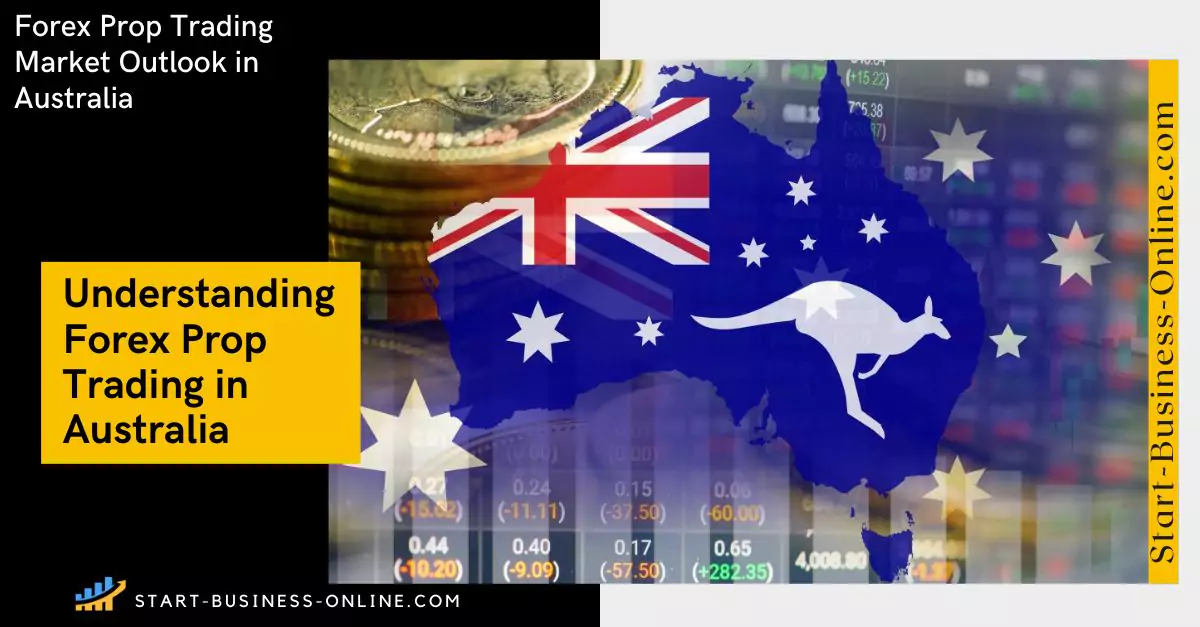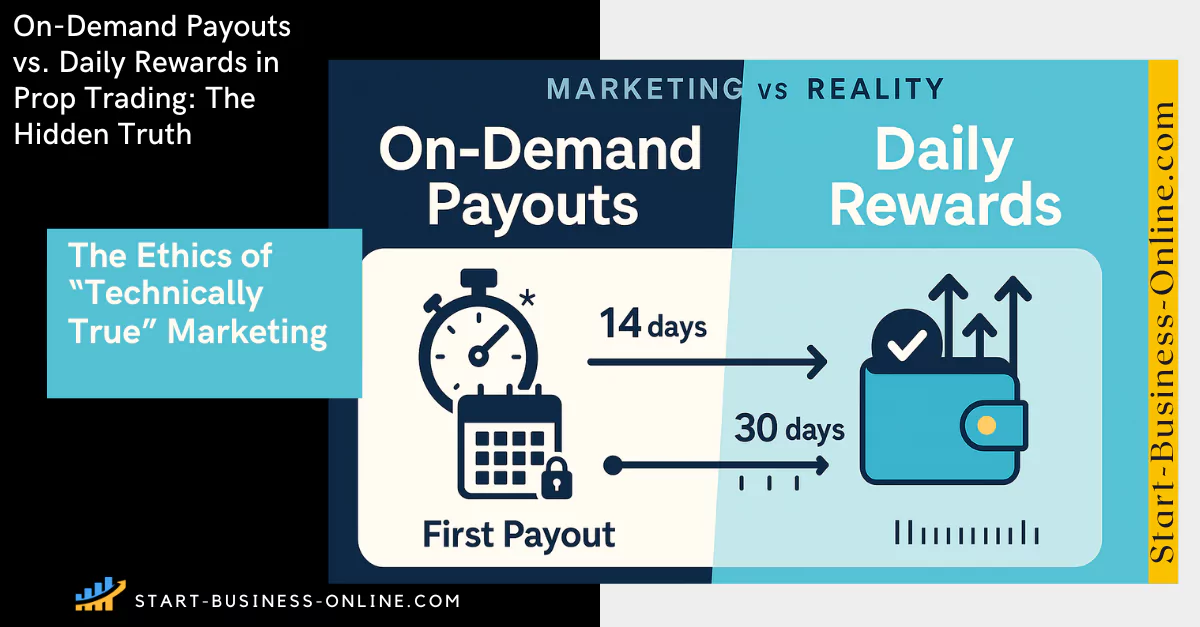Imagine yourself swimming out in the vast blue ocean of financial investments, rocked by the waves of opportunity and swells of potential profit. As your body is knocked by the salty surging current of each wave, you feel the thrill of success, but you can't help wondering, "Is there a way to amplify this exhilaration?"
Enter the secret weapon of financial adventurers – leverage.
Just as a surfboard allows a rider to conquer bigger waves, leverage empowers traders to seize greater opportunities in the financial markets. Traders use leverage – perhaps the most powerful asset – to amplify profits and transform their strategy into a sleek surfboard to ride those waves of success. *Disclaimer: This article is by no means an ‘Ode to Leverage.’ As the savvy Warren Buffet put it: “When you combine ignorance and leverage, you get some pretty interesting results.” Ouch, but the billionaire investor has hit a home run of truth: leverage can be game-changer and vastly magnify a trader’s investment, but only if used correctly. Misunderstood leverage can be dangerous, and it is imperative traders understand the concept before attempting to use it.
Leverage outside of Trading
Leverage is precisely this: using a virtual “lever” to increase your purchasing power (and therefore potential profits). One person pushing against a meter-by-meter box of building bricks could be there indefinitely. Slip a “dolly” or hand truck under the weight and hey presto we have lift-off: we have just used leverage.
Here are some other real-world examples of leverage to put the concept into context:
- Home Mortgage: Say you have your heart set on buying a house worth $200,000, but you only have $40,000 in the bank. Instead of waiting to save up the full amount, you decide to take out a mortgage from the bank. With a 5:1 leverage, the bank lends you $160,000 (5 times your initial investment). Now the house of your dreams is yours! Years later you sell the house for a profit as the property's value appreciates over time.
- Student Loan: After years of trudging along to a mediocre job you decide you really want to pursue a career in the hospitality industry. You have found a relevant higher education degree with excellent employment opportunities for graduates, but the tuition fees are far beyond what you have in the bank. Enter the student loan!
You apply for a student loan with a 10:1 leverage. With the granted capital of $30,000 and your own contribution of $3,000 you can pay for your place on the course and invest in your future. As you build your way up through the restaurant business your salary increases and over time you pay off the loan and finally look forward to your workday.
- Startup: You have a brilliant business idea but lack the starting capital to launch it. You put feelers out for “angel investors” who are willing to provide a 3:1 leverage on your initial seed fund. With their financial backing, you can secure resources, hire staff, and slowly your business comes to life. If you bet right and the business idea is a good one, you will become profitable, and your investors will get a cut of the returns thanks to the crucial leverage they provided.
Leverage in Trading: What does this mean?

Quite simply, leveraged trading allows you to control larger positions than your own capital could. Traders leverage positions by borrowing money from a broker or an exchange and can therefore increase the sizes of their trades. You are right in assuming this will amplify gains, you are also right in realizing that losses are no exception. Leveraged trading is, therefore, a double-edged sword: traders can magnify their positions and increase both their profits or losses depending on which way the market swings.
Let us explore leveraged trading using two examples:
- Forex Market: Take Ted, an imaginary forex trader. He reckons the Euro is going to rise in value against the US Dollar. He only has $1,000 in his trading account. This will limit him to controlling a standard lot size of $100,000 in currency.
However, with a leverage of 1:100, the broker enables Ted to control a position 100 times larger than your initial investment. Now, Ted can control a position of $100,000 with just $1,000 of his own money.
If the Euro does increase in value, say by 1%, Ted’s $100,000 position will earn him $1,000 - a 100% return on his initial investment. But, if the market moves against him by just 1%, Ted could lose $1,000, wiping out his entire account.
- Stock Market: Now let us compare Frances, a stock trader. Frances wants to buy into a tech company's stock, but she only has $500 to invest. Without leverage, she will be limited to $500 worth of shares.
A leverage of 1:2 from her broker gets Frances an additional $500, increasing her total buying power to $1,000. Now, she can buy twice as many shares!
If Frances played her cards right and the stock price goes up, her profits will reflect the total $1,000 investment, not just her initial $500. Remember though that if the tech stock dips, Frances’ losses will be similarly magnified.
As you see leverage can enhance potential gains, but with the risk of significant losses. Traders interested in leverage must manage their risk and use stop-loss orders to protect themselves against the fallout.
Prop firms offering High Leverage

| Prop Firm | Maximum Leverage |
|---|---|
| FunderPro | 1:100 |
| Funding Pips | 1:200 (Standard challenge: 1:60 or 1:200; Rapid challenge: 1:30 or 1:100; Royal challenge: 1:200; Knight challenge: 1:30) |
| FundedNext | 1:100 (Evaluation: 1:100; Express: 1:100; One-step Stellar: 1:30; Two-step Stellar: 1:100) |
| FTMO | 1:100 (Normal accounts: 1:100; Swing accounts: 1:30) |
| Apex Trader Funding | 1:100 |
| Bullwaves Prime | 1:50 |
| the5ers | 1:100 (Instant funding: 1:6 up to 1:30; High-stake challenge: 1:100; Bootcamp challenge: 1:10) |
| Toptier Trader | 1:100 |
| SabioTrade | 1:200 (The minimum leverage is 1:20, the maximum is 1:100.) |
| Hola Prime | 1:100 (1:30 / 1:100) |
| ThinkCapital | 1:100 (1:30 Lightning, 1:100 Dual/Nexus) |
| NeomAAA Funds | 1:30 (1:30 leverage across assets) |
| UltraCap Trading | 1:200 (The minimum leverage is 1:2, the maximum is 1:200.) |
| Topstep | 1:100 |
| Blue Guardian | 1:100 |
| FTUK | 1:100 (One-step evaluation program: 1:10 up to 1:100; Direct funding program: 1:10 up to 1:100) |
| Funded Trading Plus | 1:30 |
| Elites Funding | 1:100 |
| EverBlue Trader | 1:100 |
| PIP Traders Funding | 1:100 |
| Bold Fund | 1:100 |
| Clarity Traders | 1:100 |
| Upcomers | 1:100 |
| TradingFunds | 1:100 |
| 1of1 Funding | 1:100 |
| Alpha Trader | 1:100 |
| Tycoon Funded | 1:100 |
| DNA Funded | 1:30 (1:30 Forex (1P/Rapid), 1:50 (2P)) |
| PROP365 | 1:100 |
| Funded Squad | 1:100 |
| Propel Capital | 1:100 |
| Plutus Trade Base | 1:100 |
| Funded Prime | 1:100 |
| SuperFunded | 1:100 |
| TakeCap | 1:100 |
| Earn2Trade | 1:1 |
| City Traders Imperium | 1:33 (Day Trading challenge: 1:33; Instant funding: 1:10; Direct funding: 1:10) |
| E8 Markets | 1:100 |
| Lux Trading Firm | 1:10 (1:1 up to 1:10) |
| Goat Funded Trader | 1:100 |
| The Trading Pit | 1:30 |
| Tradexprop | 1:50 (FX ~1:50; Indices ~1:10; Oil ~1:5; Crypto ~1:2; Instant ~1:50) |
With Great Leverage comes Great Responsibility
Leveraged trading can be a powerful tool in the hands of experienced and disciplined traders, but it requires a good understanding of the market, risk management, and a suitable trading strategy. Beginners should tread with caution, begin with low leverage levels, and increase gradually as they accrue confidence and experience. What are margins in leveraged trading?
Margins are the starting deposit that the broker will need to cover potential losses represented by a leveraged trade. Traders will therefore need to assess margin levels to determine the initial capital they need to put up and retain a position. Expressed as a percentage, margins represent a part of the total trade size and vary largely in accordance with the ratio of leverage offered by the broker.
Here is how it works:
- Leverage Ratio: Leverage is expressed as a ratio, for example, 1:10, 1:50, or 1:100. Let us look at a leverage ratio of 1:100. This means that for every $1 you invest from your own capital, you can control $100 in the market. The higher the leverage ratio, the greater the purchasing power, but also the more risk involved.
- Margin Percentage: This refers to the amount of your own money you need to invest to open a leveraged trade. It is calculated as the inverse of the leverage ratio. In other words, a 1:100 leverage ratio has a 1% margin percentage, i.e., you will need to put up a deposit of 1% of the total trade.
- Calculation of Required Margin: To calculate the required margin for a trade, you will need to know the total trade size and the leverage ratio. Let us go back to Trader Ted. Say Ted wants to open a $10,000 trade with a leverage ratio of 1:50.
Required Margin = Total Trade Size / Leverage Ratio = $10,000 / 50 = $200
Ted would therefore need to deposit $200 as his margin to open the $10,000 trade.
- Maintenance Margin: Leveraged trading does not end when you have opened your position – you still need to maintain it. This requires a certain amount of margin in your account, a.k.a. the “maintenance margin.” If your losses cause your account to dip too close to the maintenance margin level, you may get a margin call from the broker, requiring that you deposit more funds to cover potential losses.
- Liquidation Level: Should the market move against you and your account balance fall below the liquidation level (usually close to the maintenance margin level); your broker may automatically close your position. This is in order to prevent further losses.
- Risk Management: Proper risk management is crucial in leveraged trading. Traders should use stop-loss orders to limit potential losses and avoid risking a significant portion of their capital on a single trade.
Pros and Cons of Leverage
Leverage is a double-edged sword that needs to be deployed with caution. One side of the blade could slice through market barriers and reveal fruits of profits within. The other side could nick you in the wrong set of circumstances. Let us look at the benefits first.
Pros
- Greater Buying Power: Thanks to leverage, traders can control larger positions with smaller capital, increasing buying power in the market.
- Magnified Profits: With leveraged trading, even a small price movement can result in significant gains and enable sizeable accrued profits over time.
- Diversification Opportunities: Traders can use leverage to reach a broader range of financial instruments and markets, thus diversifying their portfolios and mitigating assets against risk.
- Cost-Effective Trading: Leveraged trading can be a fiscally efficient move for traders looking to deposit only a fraction of the trade’s overall value and therefore free up their remaining capital for other opportunities.
- Short-Selling Opportunities: Leverage allows traders to take advantage of short-selling, taking advantage of and profiting from declining markets. This is an investment technique that can be otherwise challenging for capital requirement reasons.
Cons
All that glitters is not gold, however, and traders should remember that where great profits can be made, large losses also lurk. Here are some of the potential drawbacks of leveraged trading:
- Increased Risk: The most significant disadvantage of using leverage is the potential to magnify losses. A small price movement may mean not only great profits but also substantial losses.
- Margin Calls: Traders using leveraged trading are obliged to maintain a minimum account balance. Should your position move against you, you might face margin calls from your broker, forcing you to deposit additional funds.
- Emotional Stress: The pressure and emotional weight of high leverage must not be discounted. Traders with much to gain or lose can find themselves in stressful situations and find it harder to leave their emotions out of market decisions. The fear of losing more than was invested can cause traders to make premature and short-sighted decisions and create the situation they had worried about.
- Volatility Impact: Leveraged trading is particularly risky in very volatile markets. This is due to the extreme price swings and their impact on both profit and loss.
- Overtrading Tendency: Traders run the danger of overtrading with their increased buying power. Leverage is therefore potentially associated with impulsive decisions and a sliding slope away from disciplined trading.
Conclusion
Leverage can be an excellent tool – perhaps the most powerful asset available to retail traders today. Approach leveraged trading with intelligence, foresight, and caution, however especially if you are a beginner prop trader. As in all forms of investment risk-management practices are critical, and leveraged trading is the perfect example of why techniques like stop-loss orders are deployed. Use leveraged trading with a clear understanding of its implications and after careful consideration of your appetite for risk and financial situation. Like all powerful tools, leverage has enormous potential but must be operated with diligence and caution. In the right hands and with a disciplined strategy leveraged trading could be the foundation of future success.
FAQs on Leverage in Prop Trading
In short, leverage prop trading involves a certain level of risk, but it is not inherently dangerous by itself. The degree of risk connected with leveraging depends on its implementation and the approach taken by each individual trader. If you use a proper trading strategy that includes stop-loss orders and controlled position size, you stand a good chance of becoming a funded trader.





